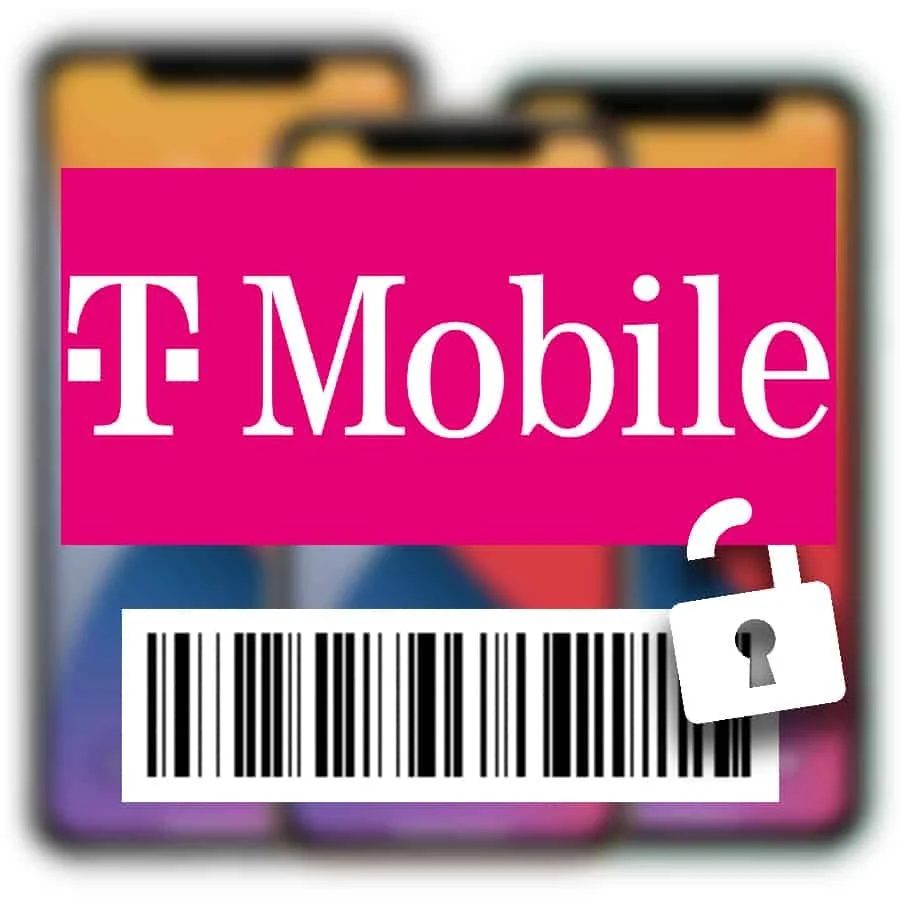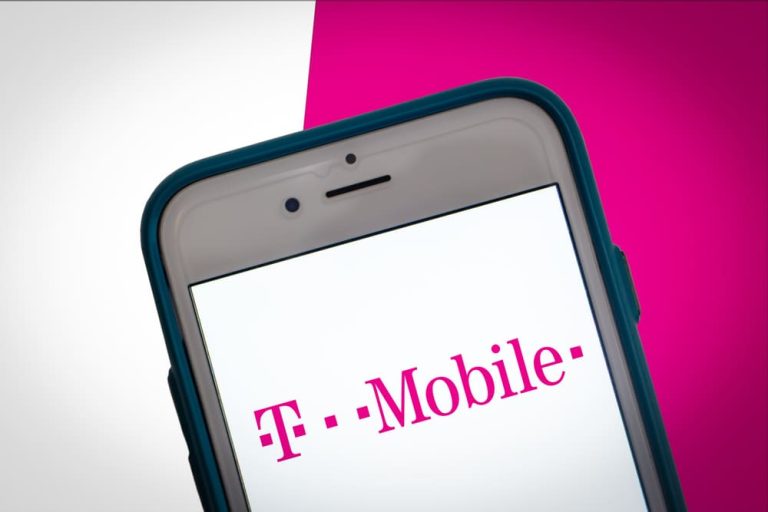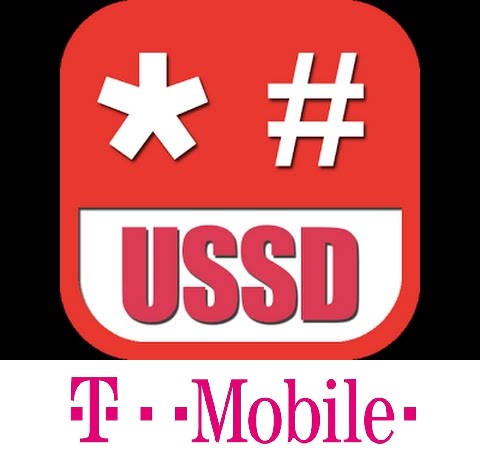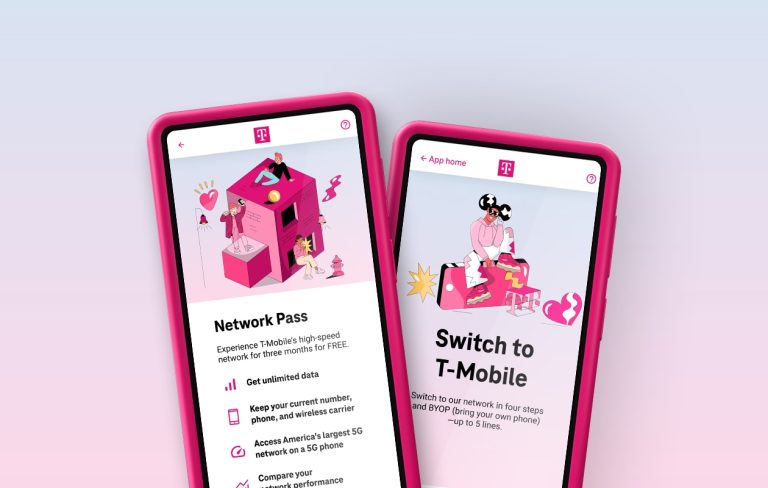In the era of digital communication, unexpected or cryptic messages can raise eyebrows and trigger a sense of curiosity, if not concern. For T-Mobile users, one such puzzling occurrence has been the appearance of the “128 text number” in their messaging apps. These messages, often devoid of any substantial content or bearing a vague message, have led to questions and speculations within the T-Mobile community. This exclusive article aims to shed light on the mystery surrounding the “T-Mobile 128 text” phenomenon, exploring its possible origins, implications, and solutions.
Contents
The “128 Incoming Text” Phenomenon: Unraveling the Mystery
Receiving a text message from a sender labeled as “128” can be perplexing. It deviates from the usual pattern of seeing a recognizable phone number or contact name. The numerical identifier “128” has been reported across various carriers and devices, suggesting it’s not an isolated incident but rather a broader phenomenon within the telecommunications ecosystem. Let’s delve deeper into what this could mean.

The Nature of 128 Text Messages
The “128 text” typically manifests as a text message with the sender’s name or number replaced by the simple numeric code, “128”. The content of these messages can range from being completely blank to containing cryptic or seemingly random information. The lack of a recognizable sender and the ambiguity of the content can naturally trigger curiosity and even concern amongst recipients.
Potential Explanations for “T-Mobile 128 Incoming Text”
While there’s no single definitive answer to the question “What is 128 text?”, we can explore several plausible explanations based on user reports and insights from the telecommunications industry:
- System-Generated Identifier
One likely explanation is that “128” is a system-generated identifier used by T-Mobile or its messaging app to represent messages from unknown or unverified sources. It serves as a placeholder for numbers not properly formatted or recognized by the system, ensuring such messages are still delivered to your inbox.
- Messages from Connected Devices
Another possibility is that the 128 incoming text originates from a connected device, like a smartwatch or tablet, linked to your T-Mobile phone number. These devices can send and receive messages using your phone number. However, they might not always display the correct sender information, particularly if they’re not synced correctly or have outdated software.
- Carrier-Specific Notifications
T-Mobile, like other carriers, may use specific numerical codes, like 128, for service-related notifications or alerts. These messages may contain information about your account, billing, network updates, or other important announcements.
- Binge On Notifications
Some T-Mobile users have reported receiving legitimate notifications related to the carrier’s “Binge On” feature, which allows for unlimited video streaming at reduced quality. These notifications may inform users about the activation or deactivation of Binge On or provide updates on its usage.
- Potential Security Concerns
While less common, the “128 incoming text” could also be a red flag for potential security issues, such as spoofing or phishing attempts. Scammers may use various tactics to disguise their true identity and attempt to trick you into revealing personal information or clicking on malicious links.
Investigating the 128 Text Phenomenon on T-Mobile: Real-World Examples
The “T-Mobile 128 incoming text” issue has been reported by various users on online platforms, particularly within the T-Mobile community forums and Reddit threads. Some users report receiving blank text messages or messages with cryptic content from the 128 number, causing confusion and concern. Others have indicated that these messages are legitimate notifications from T-Mobile regarding their Binge On feature or other service-related updates.
Troubleshooting “T-Mobile 128 Incoming Text”
If you’re receiving messages from the 128 text number, here are some troubleshooting steps you can take:
- Check Connected Devices: If you have a smartwatch or other connected devices linked to your phone number, check their settings and ensure they are properly synced and updated. This may resolve the issue of mislabeled sender information.
- Contact T-Mobile Customer Service: If you’re unsure about the origin of the 128 text messages or suspect any suspicious activity, contact T-Mobile customer service for assistance. They can help you identify the source of the messages and determine if there are any underlying issues with your account or service.
- Block the Number: If you’re receiving unwanted or suspicious messages from the 128 number, you can block the sender to prevent further communication.
- Report Spam or Scams: If you believe the messages are part of a scam or phishing attempt, report them to T-Mobile or the relevant authorities, such as the Federal Communications Commission (FCC) or the Federal Trade Commission (FTC).
Staying Safe: Protecting Yourself from Potential Scams
While the 128 text number is often associated with legitimate notifications from T-Mobile or connected devices, it’s crucial to stay vigilant and protect yourself from potential scams.
- Be Wary of Unsolicited Messages: Avoid interacting with unsolicited messages from unknown senders, especially those containing links or attachments.
- Never Share Personal Information: Do not share your personal or financial information with unknown contacts via text message.
- Report Suspicious Activity: If you receive a suspicious message, report it to T-Mobile and block the sender.
- Use Security Software: Install reputable antivirus and anti-malware software on your devices to protect them from potential threats.
The Future of T-Mobile Communication and Transparency
As technology continues to evolve, we can expect the telecommunications industry to become more transparent and user-friendly. This could lead to clearer identification of message senders, even for those originating from connected devices or system-generated notifications.
We may also see advancements in spam filtering and fraud detection, helping to minimize the potential for scams and unwanted messages. T-Mobile is likely to continue refining its communication practices and implementing measures to ensure that customers are well-informed about the origin and purpose of messages they receive.
Conclusion
The “T-Mobile 128 incoming text” phenomenon, while often benign, serves as a reminder of the complexities and potential vulnerabilities of the digital age. By understanding the possible explanations for the 128 text number, taking proactive steps to troubleshoot issues, and staying vigilant against potential scams, you can ensure a safe and enjoyable mobile experience.
Remember, when in doubt, it’s always better to err on the side of caution and avoid interacting with unknown senders or clicking on suspicious links. If you have any concerns about the 128 text number or any other aspect of your T-Mobile service, don’t hesitate to contact their customer service team for assistance. They are available 24/7 to help you resolve any issues and ensure a seamless mobile experience.







